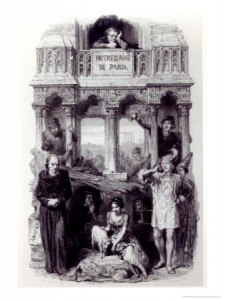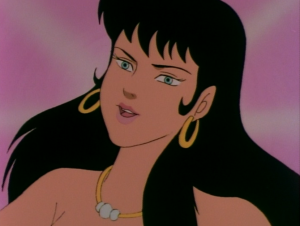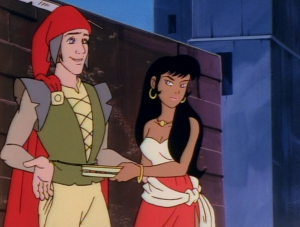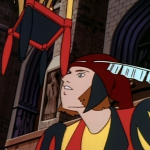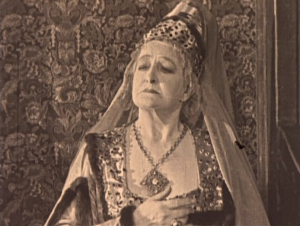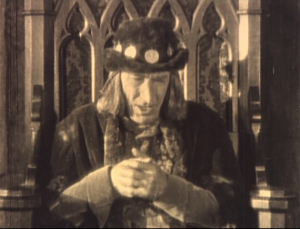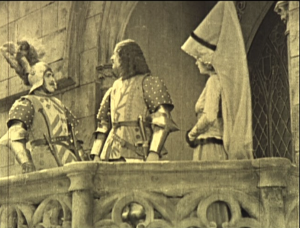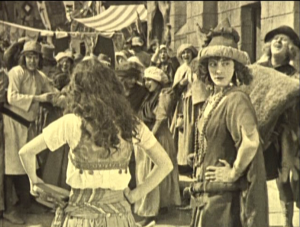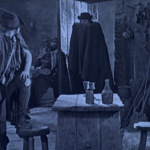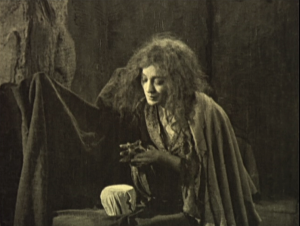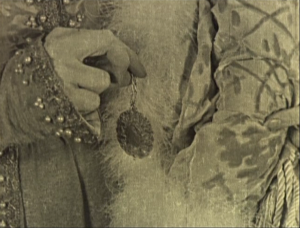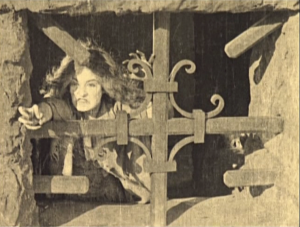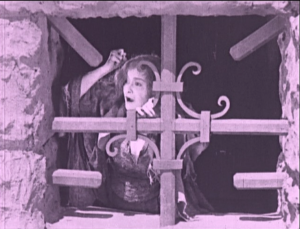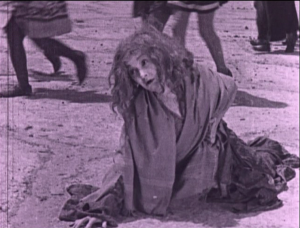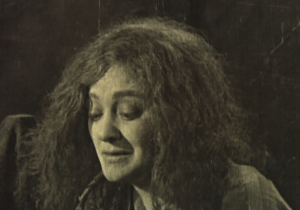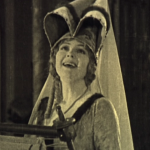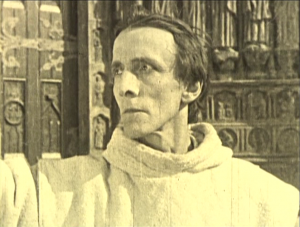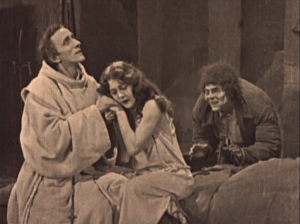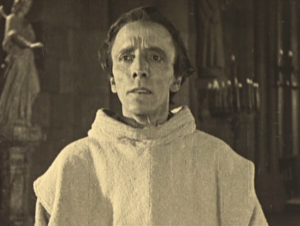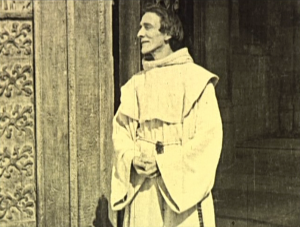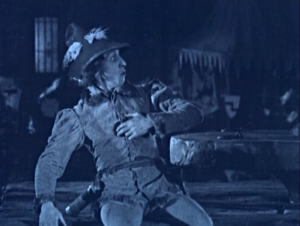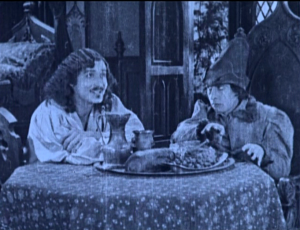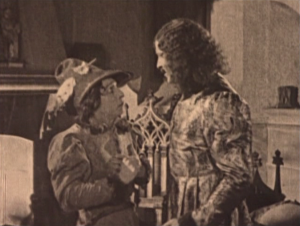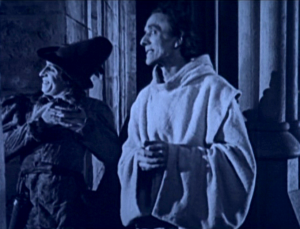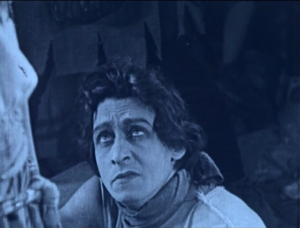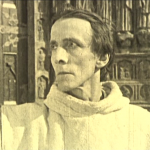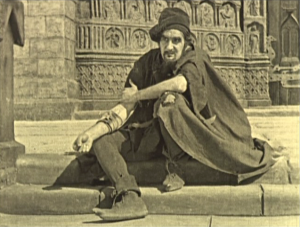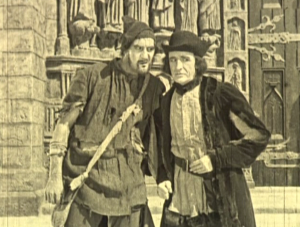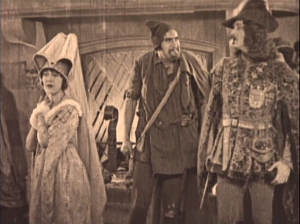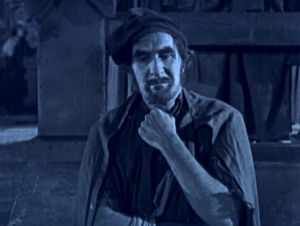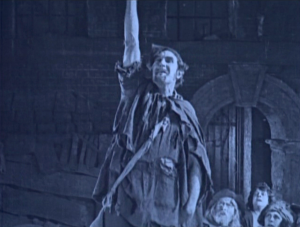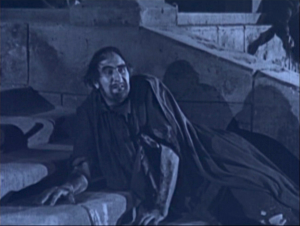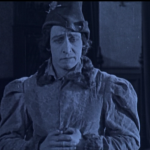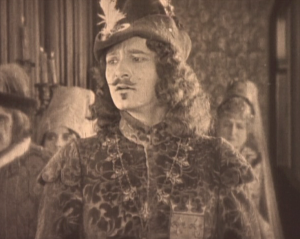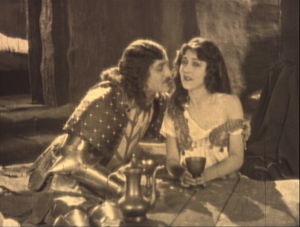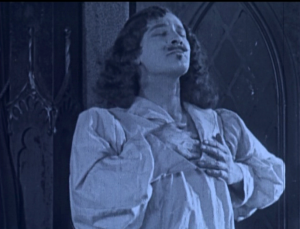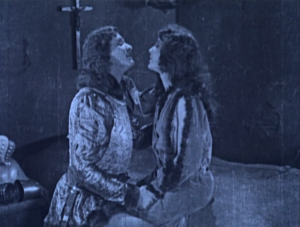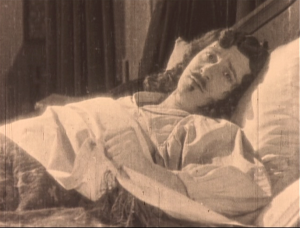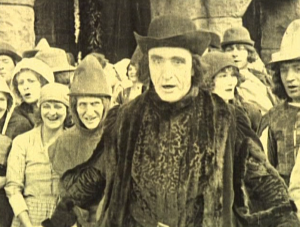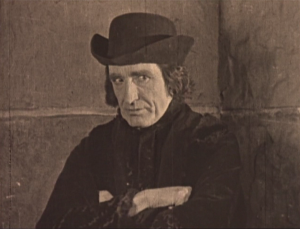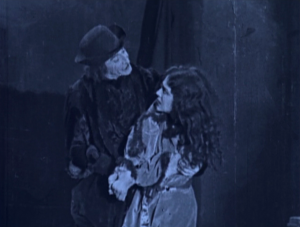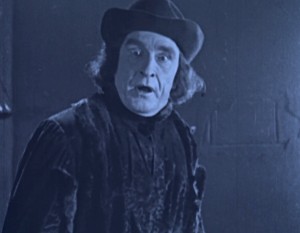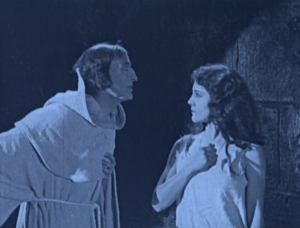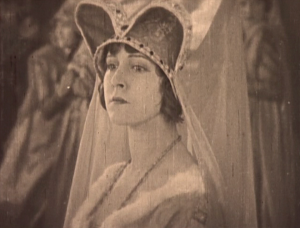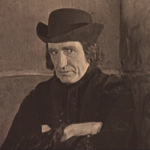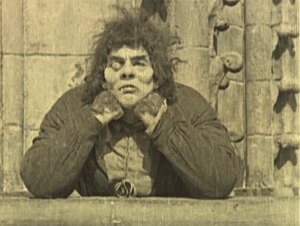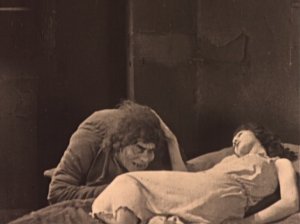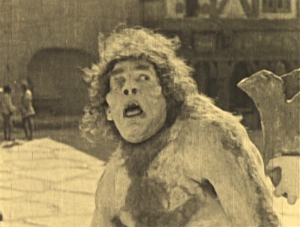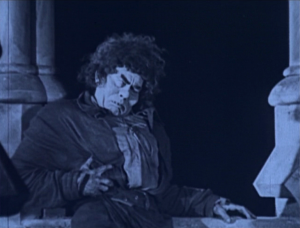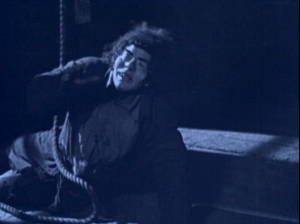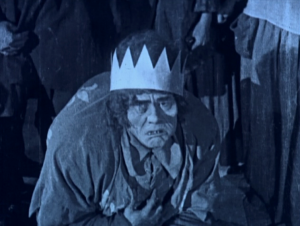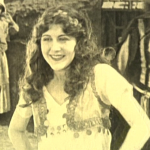The Hunchback of Notre Dame is an character driven piece. As a narrative it rests on the characters. In the book, the characters may not be that 3- dimensional but there is a richness to them, we care about them.
Most of the adaptations deviate from book to make the characters either more likable or less likable. For example in the Disney movie, Esmeralda isn’t the immature shallow girl that she is in the book and Phoebus isn’t a cad. Instead they’re both noble and moral people. And Frollo is just a murderous jerk in Disney version.
Now with the Jetlag version, the characters are left pretty much intact with the exception of Esmeralda, I’ll get to that in a minute. However this version doesn’t have much time for character development. We get the basic understanding of the characters but the richness and likability doesn’t come across.
They’re more like the representations of the characters and not the characters. I mean what can be said about these characters; Quasimodo is nice, Frollo is sort-of tortured, Gringoire is there, Phoebus is a cad, and Esmeralda is nice.
Esmeralda is the most changed in this version from the book version. In the book, she is immature and naive. It’s due to her immaturity that she is shallow. Here, Esmeralda is kind and not shallow. I mean she ends up with Quasimodo at the end. I suppose she grows a little bit as a character because she starts out liking Phoebus and the then falls in love with Quasimodo but she is never repulse by him so we never really see a change in how she treats him.
The characters in the Jetlag version are dull and bland because the movie doesn’t develop their personalities as characters so what we the audience are left with a cardboard cut-outs of much richer characters.
Next Jetlag review- Voice acting

